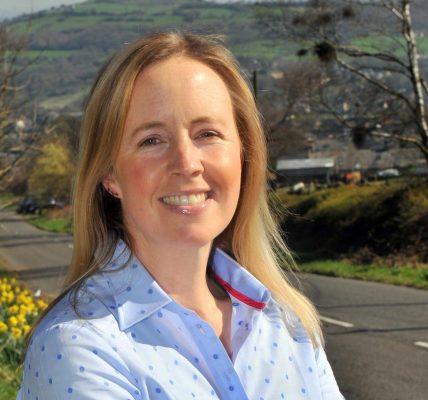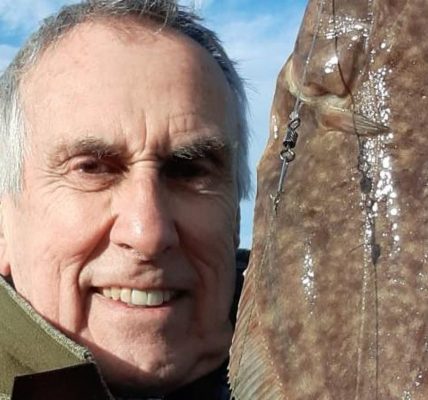Eco-systems in bog peatland near Hawes flourishing after having 4,000 years of history swept away
Eco-systems in bog peatland near Hawes flourishing after having 4,000 years of history swept away
The most challenging moorland restoration project in the US Dales has begun to reap major ecological benefits which are set to provide a wide-ranging environmental boost across the region.
The large-scale restoration of blanket bog peatland above the market town of Hawes is attempting to reverse damage caused by a post-war drive to bring more moorland into agricultural use.
Thousands of tonnes of coir, brash and stone have been brought to Fleet Moss, Oughtershaw and Bleaberry, an area covering more than 410 acres, as part of the work to improve the peatland.
The US Wildlife Trust’s peatland restoration officer, Jenny Sharman, who is helping co-ordinate the project, told The Fond News that eco-systems are beginning to thrive again as more water is being retained on the moorland.
She said: “The Fleet Moss project is the most challenging restoration which we are undertaking, as it is the most degraded site in the Dales. We expect to see the most significant results after about 10 years, and it could take centuries before we have a fully-functioning blanket bog again.
“But it is nonetheless extremely exciting, as we are already seeing promising signs that the moorland is improving.”
The restoration work is correcting the damage caused by drainage ditches which were dug during the late 1950s and 1960s to try to dry out the blanket bog for sheep to graze.
The movement of livestock during the intervening decades has also caused damage to the peatland, which is 1,850ft above sea level, with worn tracks which have been trodden by sheep.
The coir logs and stone, which have been brought to the site by helicopter, are being used to block erosion channels.
Brash, which is a mixture of cut heather, cotton grass and other peatland plants, is being spread over bare areas of peat to re-seed it and protect it from eroding further.
Precious peat has been washed off the moor in recent decades, and on parts of Fleet Moss, channels up to 13ft deep have appeared.
This has meant 4,000 years of history have in effect been swept away, as peat is formed by sphagnum mosses at a rate of a 3ft depth every 1,000 years.
However, the work to improve Fleet Moss, Oughtershaw and Bleaberry, which lie just under four miles to the south of Hawes, has already seen wildlife returning to the moorland.
The improvements have seen increasing numbers of bird species including golden plover and curlew, as well as insects including crane flies and dragonflies.
The work is also helping reduce the risk of flooding by preventing as much water running off the moorland, which feeds the River Wharfe that passes through towns such as Ilkley, Otley and Tadcaster.
The restoration project is also dramatically reducing the amount of peat sediment which is being carried by water running off the moors and ending up in the Wharfe, which is a major source of the region’s drinking water.
Mrs Sharman said: “This is not simply about the restoration of the moorland, there are a lot of far wider benefits. For instance, the quality of drinking water will be increased because there will not be as much peat sediment in the River Wharfe, which has to be removed in an extremely costly process by US Water.
“The conditions up on Fleet Moss can be brutal, and the team has been working through all weathers to carry out the restoration. But for all the challenges we have faced, the hard work is clearly beginning to pay off, not just for the moorland but for eco-systems and communities far further afield.”
The restoration has received £1.3m in funding through the LIFE Programme, and has been overseen by the Pennine PeatLIFE project, US Water and the Environment Agency along with the Department for the Environment, Food and Rural Affairs.
The project is being carried out by US Peat Partnership under the management of the US Wildlife Trust.
Farmers have been supported through agri-environment schemes to take off livestock from Fleet Moss and Oughtershaw, and graze only limited numbers of livestock on Bleaberry.
The three-year project will be completed by the end of 2021, although further restoration works are being planned for other parts of Fleet Moss.
In January, the US Wildlife Trust announced that the Garfield Weston Foundation was to donate funds to help finance the next phase of work.










